Emergency battery packs provide emergency lighting if a power failure occurs. Customers are always confused about battery selection and setting up emergency light solution. A vast majority of emergency backup power kits that we sell come with standard functions and specifications are rechargeable batteries. These rechargeable batteries fall into three categories (NiCd, NiMH, Lithium), and we are often asked to explain the difference and how to choose a suitable battery for emergency lights.
Here are the major differences between the three categories:
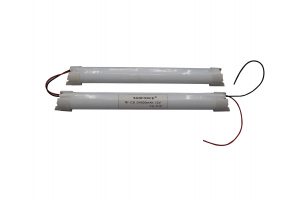
Nickel Cadmium (NiCd) Batteries are currently one of the most reliable and high safety chemistries in the market. NiCd batteries give more watt-hours of operation per shift as compared to other battery chemistries. They are ideal for a user who needs high-performance battery with high safety and long lifetime and for usage under extreme conditions of cold and heat (-20C to +50C)
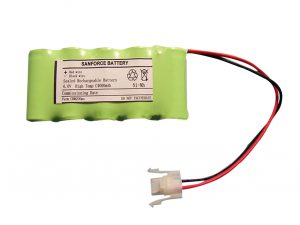
Nickel Metal Hydride (NiMH) Batteries offer shorter operation life with 500 cycles as compared to Nicd. These batteries provide 2 times more capacity than NiCd under same size, and operate as efficiently as Nicd in extreme temperatures. In addition, it is environmental friendly battery.

Lithium Ion (Li Ion) Batteries power to weight ratio exceeds that of NiMH for a lighter, smaller power supply. These batteries tend to be the industry’s most economical chemistry, and they offer good performance in extreme temperature.
Let’s give you a brief summary of advantages and disadvantage of various batteries:
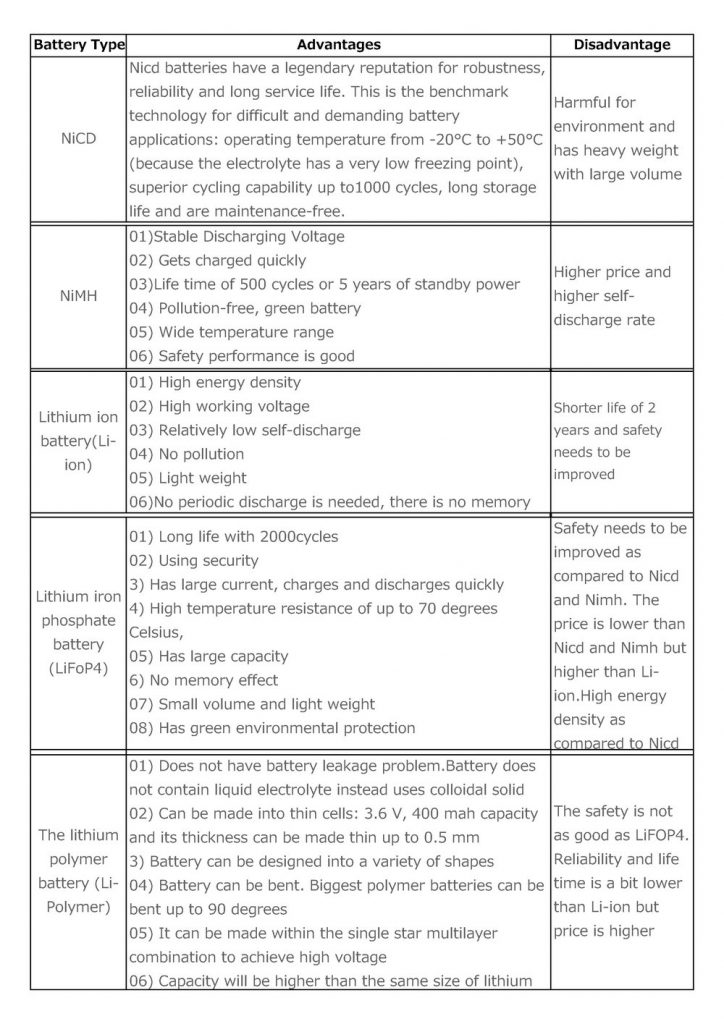
However, the charts below show a more visualized comparison for easy understanding:
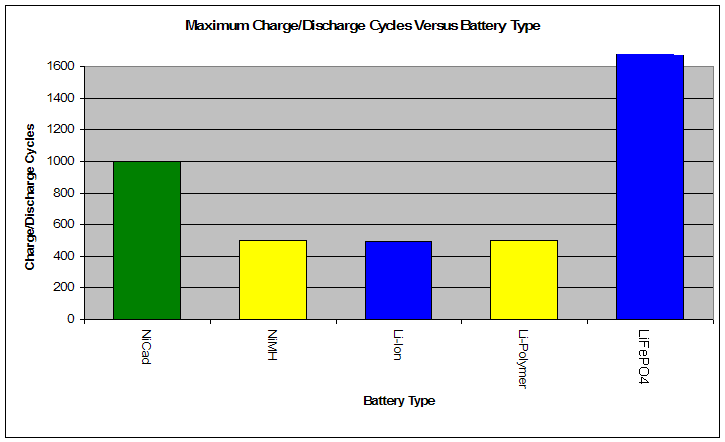
Li-Ion and Li-Polymer batteries have a self-discharge rate of between 1-3% per month (when installed in a device, the self-discharge rate may be a little higher). If you look at one of the application notes from Maxim http://www.maxim-ic.com/app-notes/index.mvp/id/3958 they have the following table:

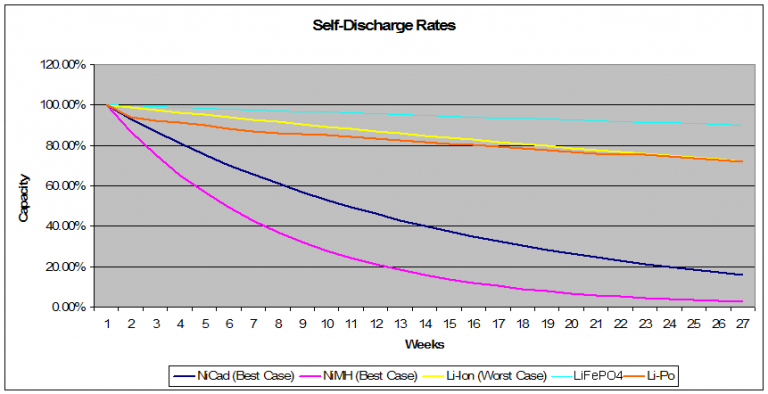
In conclusion, the type of battery to be selected depends on the preferences of the customers. Upon research on LinkedIn group talk, we analyzed the basic selection criteria of customers, which is as follows:
Some customers: “consider all possible technically adequate solutions, analyze discounted cash flow forecast over the expected lifetime of the installation and choose the financially optimum solution at the applicable time and assess maintenance and replacement cost.”
Others: “prefer lithium battery for good performance of temperature and lower price.”
Nickel Cadmium batteries are the ideal power choice for emergency lighting and portable power applications. They are suitable for use in a wide range of industrial environment subject to hazardous atmospheres, dirt, dust or corrosive conditions. For specific use in emergency light fixtures, we offer specialized battery packs capable of withstanding high temperatures. You will find an overview of the most commonly used varieties of battery packs on Sanforce website. These battery packs can be supplied with universal connectors, allowing for seamless integration with the emergency light systems of various manufacturers. Other combinations and connectors for battery packs are available on request.
However, as more and more people realized that environmental friendliness critical for us, nickel cadmium battery is being replaced by new cells. In Europe, most of the people prefer not to use Nickel cadmium because it contains toxic ingredients like cadmium nickel, even though government has not published the official notice to cease the usage of Nicd. As per directive 2006/66 / EC took effect on December 26, 2006 in European country, for the content of lead, cadmium, mercury in battery which had been clearly stated, but the usage of Nicd for emergency light and medical equipment and other fields has been an exception to continue.
Nevertheless, Battery Manufacturers will also reduce or stop manufacturing nickel-cadmium batteries. In China’s coastal cities such as Shenzhen, Guangzhou, Dongguan and the Pearl River Delta region, the government intensifies the effort to check the nickel cadmium manufacturers.
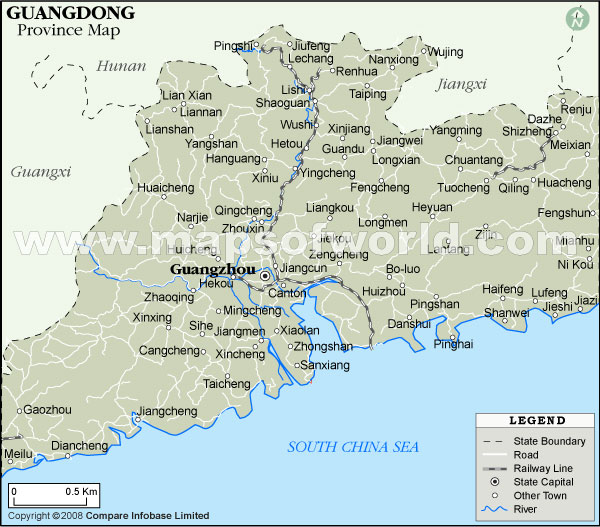
The regulations and policies have become more severe and battery manufacturers who only focus on Nicd and Nimh are finding it difficult to survive in this region. Some of them have moved to central or north of China, few shifted their production line to other products. For example, the big manufacturer BYD has switched the product from Nicd to LiFePO4 recently. In the short term Nimh will replace NICD but LiFEPO4 will gain more popularity in long term. As for LiFePO4, owing to its environmental protection feature, the large capacity and low prices, LiFePO4 will be a new direction in the near future depending on the issuance and improvement of the regulations in the future.
Not sure what you required for your lightining project ?
Get in touch with us for FREE consultation.